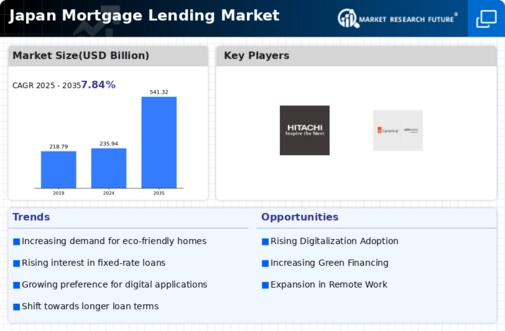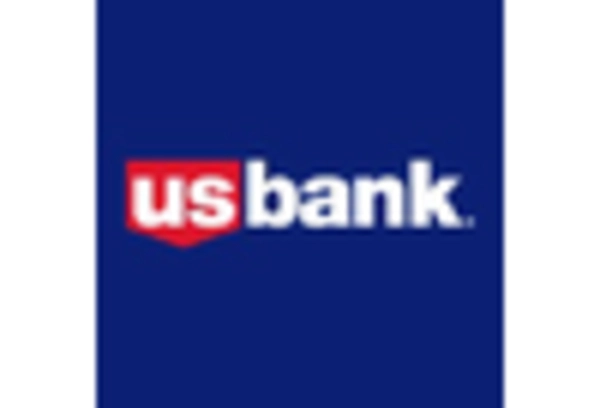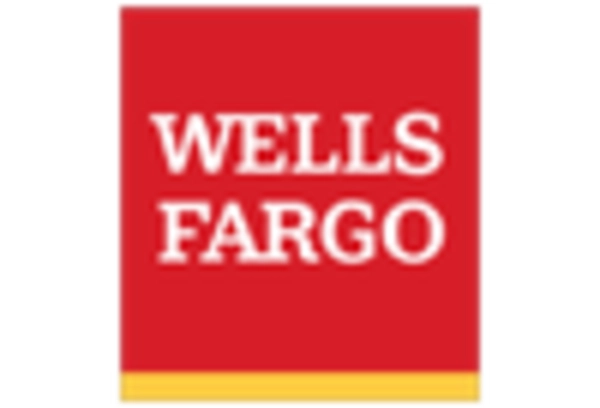Economic Growth
Japan's economic growth trajectory is a pivotal driver of the mortgage lending market. As the economy shows signs of recovery, consumer confidence is likely to improve, leading to increased demand for housing. The Bank of Japan's monetary policy, which has maintained low interest rates, supports this growth. In 2025, the GDP growth rate is projected to hover around 1.5%, which may stimulate housing investments. Furthermore, rising disposable incomes could enhance the ability of consumers to secure mortgages. This economic backdrop suggests that the mortgage lending market may experience a surge in activity, as more individuals seek to purchase homes, thereby driving demand for mortgage products.
Demographic Shifts
Demographic shifts in Japan are influencing the mortgage lending market in notable ways. The trend of urbanization continues, with more individuals moving to metropolitan areas in search of employment opportunities. This urban migration is driving demand for housing in cities, thereby increasing the need for mortgage financing. Additionally, the younger population is becoming more inclined to invest in real estate, as they seek stability in an uncertain economic environment. As of 2025, it is projected that the proportion of first-time homebuyers will rise, further stimulating the mortgage lending market. These demographic changes suggest a dynamic landscape, where lenders must adapt to the evolving needs of consumers.
Interest Rate Trends
Interest rate trends are a fundamental driver of the mortgage lending market in Japan. The Bank of Japan's ongoing commitment to maintaining low interest rates has created a favorable environment for borrowing. As of November 2025, the benchmark interest rate remains at 0%, encouraging consumers to take out mortgages. This low-rate environment is likely to stimulate demand for housing, as potential buyers are incentivized to secure loans. However, any future adjustments to interest rates could significantly impact the mortgage lending market. If rates were to rise, it might deter some consumers from pursuing home purchases, thereby affecting overall lending volumes. Thus, interest rate trends are a critical factor that shapes the dynamics of the mortgage lending market.
Regulatory Environment
The regulatory landscape in Japan plays a crucial role in shaping the mortgage lending market. Recent reforms aimed at enhancing consumer protection and promoting transparency have emerged. The Financial Services Agency (FSA) has implemented measures to ensure that lenders adhere to responsible lending practices. This has resulted in a more stable mortgage lending market, fostering consumer confidence. Additionally, the introduction of stricter capital requirements for banks may influence lending rates and availability. As of 2025, the mortgage lending market is witnessing a shift towards more stringent compliance measures, which could potentially impact the overall lending volume. The regulatory environment thus appears to be a significant driver, influencing both lender behavior and consumer access to mortgage products.
Technological Advancements
Technological advancements are reshaping the mortgage lending market in Japan. The rise of fintech companies has introduced innovative solutions that streamline the mortgage application process. Digital platforms enable consumers to compare mortgage products easily, enhancing transparency and competition among lenders. As of November 2025, it is estimated that approximately 30% of mortgage applications are processed online, reflecting a significant shift towards digitalization. This trend not only improves efficiency but also caters to the preferences of tech-savvy consumers. Consequently, the integration of technology in the mortgage lending market is likely to drive growth, as lenders adapt to changing consumer behaviors and expectations.

















Leave a Comment